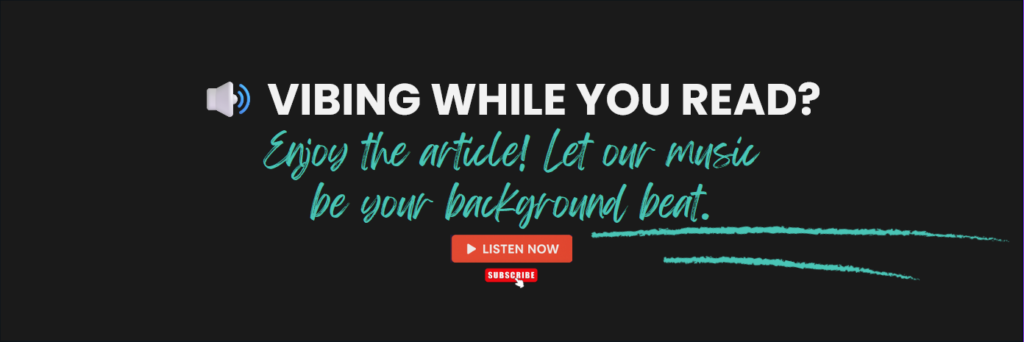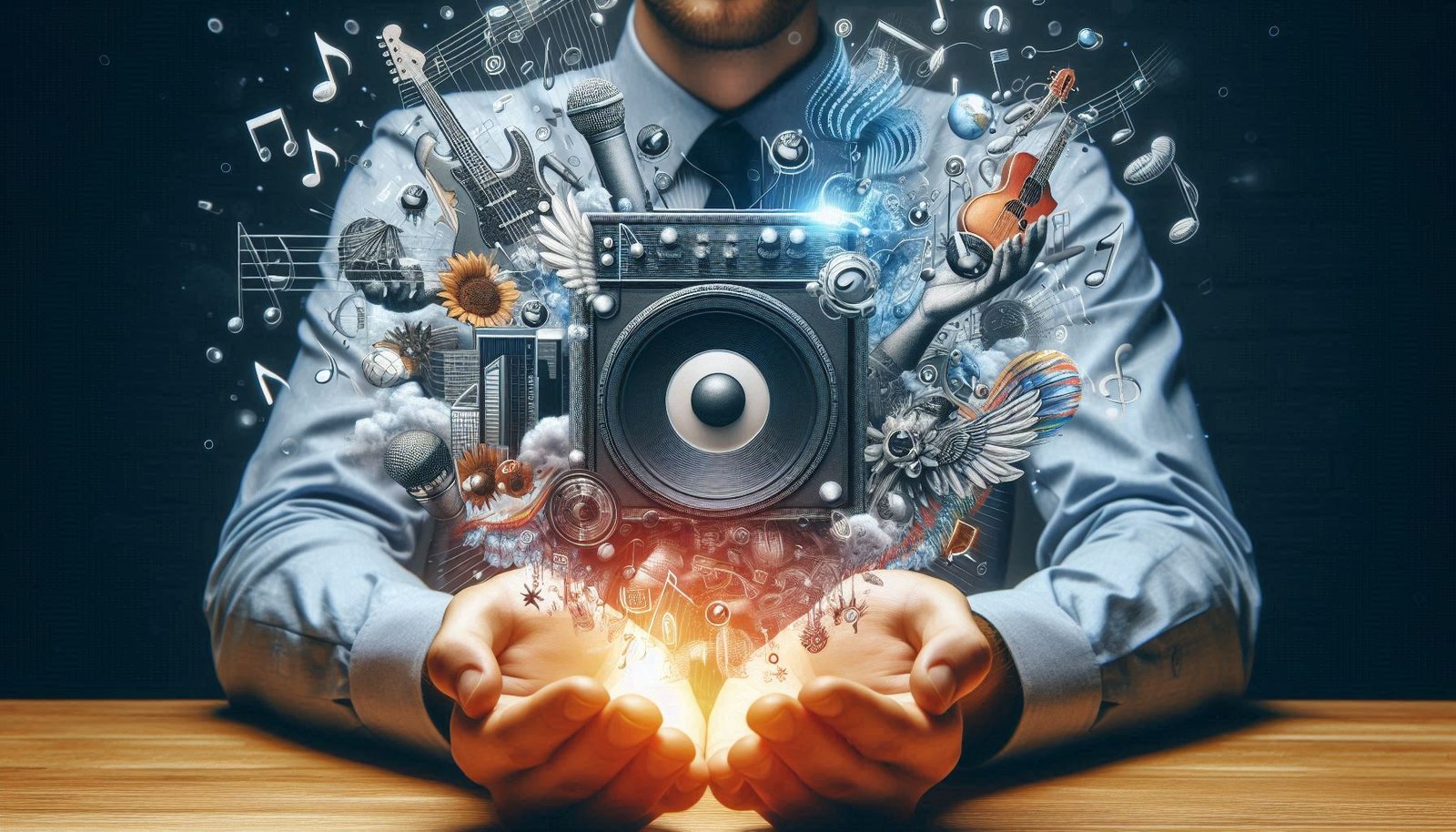
The music industry is evolving at a pace we’ve never seen before. Thanks to the digital age, artists from different backgrounds, genres, and cultures are more connected than ever. As a result, traditional music genres are no longer as rigid as they used to be. In fact, genre blending—mixing elements from different musical styles—has emerged as one of the most exciting trends, with more and more artists refusing to be boxed into one sound. But is genre blending the future of the music industry? Let’s dive into this phenomenon and explore why this trend is not only here to stay but also revolutionizing the way we experience music.
1. Breaking Down Genre Barriers: The New Normal
Historically, the music industry has been categorized by genres—rock, pop, hip-hop, jazz, classical, and more. These classifications helped listeners and industry insiders define an artist’s sound. But in recent years, we’ve seen the rise of artists who refuse to conform to a single genre. Whether it’s a pop star collaborating with a rapper or a country artist incorporating electronic beats, genre blending is reshaping the way we think about music.
Why Is This Happening? There are several reasons why genre blending is becoming the norm. One major factor is the increasing availability of music from all around the world. Streaming platforms like Spotify, Apple Music, and YouTube allow listeners to explore genres they might never have been exposed to otherwise. As a result, artists are drawing inspiration from a wider range of sounds, creating a melting pot of musical influences.
Moreover, many younger listeners, especially Gen Z, are less concerned with genre labels. They care more about the vibe and message of a song rather than the box it fits into. As music fans become more open-minded, artists feel freer to experiment with different styles, leading to the rise of genre-bending music that defies traditional boundaries.
2. The Role of Streaming Platforms in Genre Blending
Streaming services have been pivotal in encouraging genre blending. Before the rise of platforms like Spotify, people discovered new music mostly through radio stations, record stores, or recommendations from friends, which often reinforced genre boundaries. With streaming, however, the playing field has changed. Listeners can create playlists that mix genres, and algorithms can recommend songs across different styles based on user behavior.
Spotify and Algorithmic Playlists Spotify’s curated playlists, such as “RapCaviar” or “New Music Friday,” often feature artists from various genres, encouraging listeners to explore sounds outside their comfort zone. Additionally, Spotify’s algorithmic playlists, like “Discover Weekly,” often introduce listeners to genre-blended tracks. This seamless access to different types of music has exposed listeners to unexpected collaborations and innovative sounds.
This shift has not only influenced listeners but also inspired musicians. Many artists are now thinking about how they can craft songs that appeal to diverse audiences rather than fitting into one specific category. Take Lil Nas X’s Old Town Road, for instance. The song fused elements of country and trap music and became a global phenomenon, proving that genre-bending music can have mainstream appeal.
3. Key Artists Leading the Genre Blending Movement
Some of the biggest names in music today are at the forefront of the genre-blending movement. These artists are breaking down barriers and creating a new wave of music that’s difficult to categorize, and they’re doing it with massive success.
Billie Eilish Billie Eilish is a perfect example of an artist who blends genres effortlessly. She incorporates elements of pop, electronic, alternative, and even hip-hop into her music, creating a sound that’s distinctly her own. Her hit song Bad Guy showcases her ability to mix electronic beats with minimalist production, resulting in a track that’s both catchy and innovative.
Post Malone Post Malone is another artist who’s made a career out of blending genres. His music incorporates elements of hip-hop, rock, and pop, making him a difficult artist to categorize. Songs like Rockstar and Circles showcase his ability to seamlessly fuse different styles, which has contributed to his widespread success.
Doja Cat Doja Cat’s genre-bending style has made her one of the most exciting artists in recent years. Her ability to switch between pop, R&B, rap, and even elements of punk is evident in hits like Say So and Kiss Me More. Doja’s versatility has helped her appeal to a wide audience, and her music often challenges the boundaries of what a genre should sound like.
4. How Genre Blending Impacts Music Production
As genre blending becomes more prevalent, it’s also influencing how music is produced. Traditional methods of recording, mixing, and mastering have shifted as producers adapt to the new sounds being created. In today’s landscape, it’s not uncommon to hear an acoustic guitar over a trap beat or a jazz horn section layered with electronic synths.
Producers as the Bridge Producers are often the unsung heroes behind genre-blended music. Artists may have ideas for fusing different styles, but it’s the producers who bring those ideas to life in the studio. Producers like Pharrell Williams, Mike Dean, and Finneas (Billie Eilish’s brother) have mastered the art of blending genres. They understand how to mix and match elements from various genres without making the track feel disjointed or unnatural.
Technological Advancements The rise of digital production tools has also played a significant role in facilitating genre blending. Software like Ableton Live, Logic Pro, and FL Studio allow artists and producers to experiment with different sounds and instruments from various genres, making it easier than ever to create hybrid tracks. Sampling has become more sophisticated, and with digital production, there are endless possibilities for combining genres that might not have worked together in the past.
5. The Future of Genre Blending: What’s Next?
With genre blending becoming more popular, many are asking if this trend is the future of the music industry. Will genres disappear altogether, or will they continue to evolve in new and exciting ways?
The End of Genre Labels? While genres are unlikely to disappear entirely, they may become less relevant as more artists and listeners embrace diversity in sound. We may see a future where music is categorized by mood, vibe, or energy rather than by traditional genre labels. In fact, many streaming platforms are already doing this with playlists that focus on activities like “Chill,” “Workout,” or “Party” rather than sticking strictly to genre.
More Cross-Cultural Collaborations As global access to music increases, we can expect more collaborations that bridge the gap between different cultures and genres. K-pop’s rise in the U.S., the influence of Latin music on mainstream pop, and the blending of African beats with Western sounds are just a few examples of how genre blending is breaking international boundaries.
More Niche Audiences While genre blending might dominate mainstream music, it also opens the door for niche audiences to thrive. As listeners become more open to new sounds, there’s potential for micro-genres to gain popularity. Artists who cater to specific tastes or who experiment with unconventional sounds may find loyal fan bases that support their creativity.
6. The Challenges of Genre Blending
While genre blending is exciting and innovative, it’s not without its challenges. Some critics argue that too much blending can lead to a loss of identity in the music. When artists mix too many elements, it can sometimes dilute the unique characteristics that define a genre. Additionally, genre-blending artists may struggle to find their target audience, as their music may not fit neatly into radio formats or streaming algorithms designed to recommend genre-specific tracks.
Staying Authentic The key to successful genre blending is authenticity. Audiences can usually tell when an artist is experimenting with genres in a way that feels natural versus when it feels forced. The best genre-blending artists stay true to their roots while incorporating new influences, creating a sound that feels fresh yet authentic to their artistic identity.
Navigating Industry Expectations For some artists, genre blending may also present challenges in navigating the traditional structures of the music industry. Record labels, radio stations, and even award shows often categorize music by genre. Artists who don’t fit neatly into one category may face hurdles in terms of marketing and promotion. However, as genre blending becomes more mainstream, the industry is likely to adapt to this new reality.
Conclusion: A Genre-Bending Future
So, is genre blending the future of the music industry? The answer seems to be a resounding yes. As artists continue to draw inspiration from different musical traditions and as listeners embrace a more eclectic range of sounds, the boundaries between genres will likely continue to blur. This shift is giving rise to a new wave of creativity, allowing artists to break free from conventions and create music that resonates on a deeper, more personal level.
While challenges exist, the benefits of genre blending far outweigh the drawbacks. Whether you’re a music lover who enjoys discovering fresh sounds or an artist looking to experiment, genre blending is a trend that promises to keep the music industry evolving and exciting for years to come. So, buckle up and get ready for a genre-bending future where the only limit is creativity.


